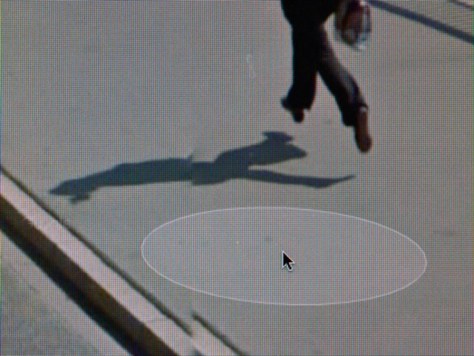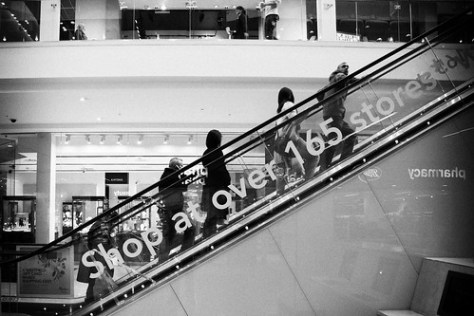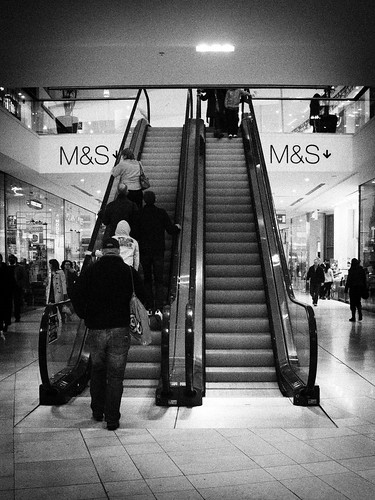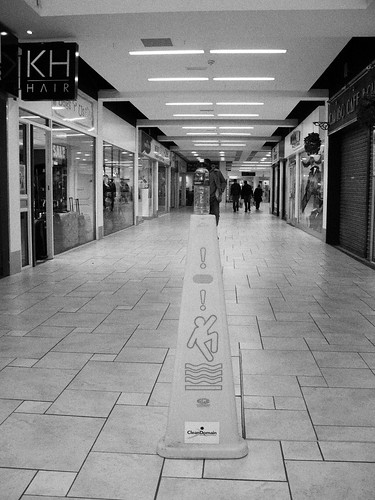I ended the previous post at the point where my first Canon came into my life… the 50mm lens was a dream, and combined with the Tamron 28mm Wide-angle and the 135 Telephoto with a 1.5x extension tube and I had a good arsenal of lenses to play with.
People became used to me with it as almost a third eye, and I was getting invited to lots of social occasions as I would always have a camera. This was of course in the pre-digital age when you had to be aware of how not to waste film as it was relatively expensive to get colour prints done.
I had also by this point started to assemble my own darkroom bits and pieces and was starting to brew my own negs.It’s amazing what you can achieve with a water-bath for the dev tank and and a changing bag. I started to shoot more Ektachrome to develop at home and every two months splashed out on process paid Fujichrome or Kodachrome depending on the time of year. I had also achieved prizes in local photography competitions run by the museums and libraries… a short lived phase, mainly due to having to mix with disgruntled members of the local photographic clubs and societies ,at the prize givings, who actively made it obvious they didn’t like non-members winning anything.
By the late 80’s I was starting to experiment with things that would come to be called Lomography. I still have the Lubitel 166 I bought in ’87 alongside the Leningrad light meter that still reads the same as my brand new Canon 5D. Add to that a series of charity shop “disposable” Polaroid cameras… never did find an SX70 going cheap.. and an experimental phase began.
Meanwhile, technology was moving ahead and suddenly nobody had a cartridge camera any more every one had 35mm Point and Shoots… then came the Auto Focus SLR’s with built in fast motor drives and a host of other features. The AV1 and the lenses were traded in for an EOS 600 and a couple of what proved to be wonderfully neutral Sigma zoom lens. At this point there were less people wanting the inevitable party shots so I was free to play with my other great toy, Ilford XP2. With the rise in the number of 1 hour labs, it was almost like a proofing service. Being able to shoot Mono in the morning and after lunch see if you needed to go back and shoot again… the colour masking issues that some complained about with it, I loved.
I then made my first attempt at trying to pull all of my knowledge and techniques into a direction. In 1992 I took an A Level in Photography and passed with a B… everything went down hill rapidly. After completing the course I really lost focus. What had felt like a natural gift for composing an image started to look and feel stilted as I tried to rigidly adhere to the correct rules, I had lost my freedom of expression. Like many A level courses in all subjects it taught by rote for a huge part of the theory. You didn’t find out by personal experimentation you followed the exercises as laid out for you. A destructive way of teaching a creative subject.
Anyway by the late 90’s 35mm cameras were everywhere and even small villages had a 1 hour lab tucked away in a corner of the Post Office. With the increase in affordable Auto Focus compacts and SLR’s, everyone was at it… and another factor in the hiatus in my photographic development happened. It was many factors but mainly the harder I tried I felt I was getting nowhere, and there were people out there getting images accepted for publishing almost by accident. “I took this great picture without really thinking about what I was doing and now it is a magazine cover/book illustration/accepted in a major exhibition”, it was the “took” not the created that was getting to me. Was it still art?
Friends kept telling me my work was great , but I couldn’t believe them. I had hit the point were everything you do in your own eyes is rubbish and your self belief takes a dive.
I put the cameras and the lenses away, and only brought them out for special occasions and holidays… the muse had flown.
To be continued.




